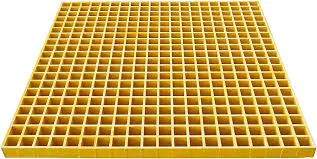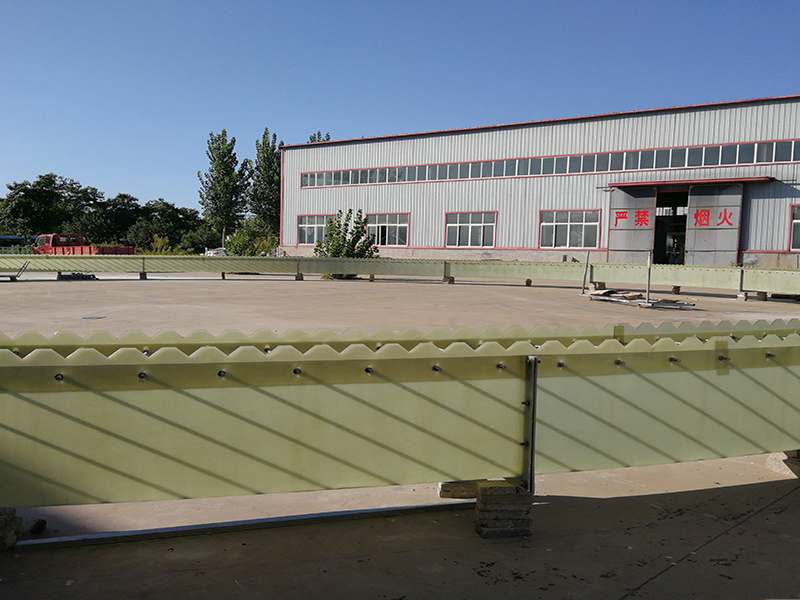
-
 Afrikaans
Afrikaans -
 Albanian
Albanian -
 Amharic
Amharic -
 Arabic
Arabic -
 Armenian
Armenian -
 Azerbaijani
Azerbaijani -
 Basque
Basque -
 Belarusian
Belarusian -
 Bengali
Bengali -
 Bosnian
Bosnian -
 Bulgarian
Bulgarian -
 Catalan
Catalan -
 Cebuano
Cebuano -
 China
China -
 China (Taiwan)
China (Taiwan) -
 Corsican
Corsican -
 Croatian
Croatian -
 Czech
Czech -
 Danish
Danish -
 Dutch
Dutch -
 English
English -
 Esperanto
Esperanto -
 Estonian
Estonian -
 Finnish
Finnish -
 French
French -
 Frisian
Frisian -
 Galician
Galician -
 Georgian
Georgian -
 German
German -
 Greek
Greek -
 Gujarati
Gujarati -
 Haitian Creole
Haitian Creole -
 hausa
hausa -
 hawaiian
hawaiian -
 Hebrew
Hebrew -
 Hindi
Hindi -
 Miao
Miao -
 Hungarian
Hungarian -
 Icelandic
Icelandic -
 igbo
igbo -
 Indonesian
Indonesian -
 irish
irish -
 Italian
Italian -
 Japanese
Japanese -
 Javanese
Javanese -
 Kannada
Kannada -
 kazakh
kazakh -
 Khmer
Khmer -
 Rwandese
Rwandese -
 Korean
Korean -
 Kurdish
Kurdish -
 Kyrgyz
Kyrgyz -
 Lao
Lao -
 Latin
Latin -
 Latvian
Latvian -
 Lithuanian
Lithuanian -
 Luxembourgish
Luxembourgish -
 Macedonian
Macedonian -
 Malgashi
Malgashi -
 Malay
Malay -
 Malayalam
Malayalam -
 Maltese
Maltese -
 Maori
Maori -
 Marathi
Marathi -
 Mongolian
Mongolian -
 Myanmar
Myanmar -
 Nepali
Nepali -
 Norwegian
Norwegian -
 Norwegian
Norwegian -
 Occitan
Occitan -
 Pashto
Pashto -
 Persian
Persian -
 Polish
Polish -
 Portuguese
Portuguese -
 Punjabi
Punjabi -
 Romanian
Romanian -
 Russian
Russian -
 Samoan
Samoan -
 Scottish Gaelic
Scottish Gaelic -
 Serbian
Serbian -
 Sesotho
Sesotho -
 Shona
Shona -
 Sindhi
Sindhi -
 Sinhala
Sinhala -
 Slovak
Slovak -
 Slovenian
Slovenian -
 Somali
Somali -
 Spanish
Spanish -
 Sundanese
Sundanese -
 Swahili
Swahili -
 Swedish
Swedish -
 Tagalog
Tagalog -
 Tajik
Tajik -
 Tamil
Tamil -
 Tatar
Tatar -
 Telugu
Telugu -
 Thai
Thai -
 Turkish
Turkish -
 Turkmen
Turkmen -
 Ukrainian
Ukrainian -
 Urdu
Urdu -
 Uighur
Uighur -
 Uzbek
Uzbek -
 Vietnamese
Vietnamese -
 Welsh
Welsh -
 Bantu
Bantu -
 Yiddish
Yiddish -
 Yoruba
Yoruba -
 Zulu
Zulu
Feb . 13, 2025 16:27
Back to list
frp stair tread
Fiberglass reinforced plastic (FRP) stair treads are revolutionizing industries with their durable and versatile properties. This innovative material is not only defining new standards of safety but is also enhancing operational efficiency across various sectors. As industries lean towards materials that promise longevity and reliability, FRP stair treads stand out prominently due to their remarkable characteristics.
The choice of FRP stair treads aligns with sustainable building practices. Their production and usage contribute to reducing carbon footprints. Unlike metal which requires energy-intensive processes or wood which involves deforestation, FRP can be formed and customized with significantly less environmental impact. Additionally, the longevity and low maintenance requirements of FRP stair treads mean fewer resources consumed over their lifespan. For companies mindful of their environmental responsibilities, adopting FRP stair treads is a tangible step towards achieving sustainability goals. From an architectural standpoint, FRP stair treads offer unparalleled versatility. They are available in various colors, finishes, and designs, allowing for aesthetic customization to fit the specific needs of a project. This is particularly advantageous in commercial and public settings where both form and function are critical. The ability of FRP stair treads to complement different architectural styles without compromising on performance underscores their adaptability and appeal among architects and designers. Expert opinions and numerous case studies validate the superiority of FRP stair treads. Industry experts commend them for their reduced lifecycle costs and adaptability. Research highlights that while initial investment might exceed those for conventional materials, the long-term savings in maintenance and operation costs render FRP stair treads economically advantageous. Moreover, given their intrinsic properties that align with modern engineering challenges, FRP stair treads have gained endorsements from safety inspectors and engineers alike, bolstering their credibility and trustworthiness in industrial applications. In conclusion, FRP stair treads epitomize the synthesis of innovation and practicality. They address the pressing demands of durability, safety, cost-effectiveness, and sustainability, making them an integral component in modern industry infrastructure. As sectors continue to evolve, the incorporation of advanced materials like FRP will increasingly become a hallmark of forward-thinking and resilient construction practices. Embracing FRP stair treads not only signifies an investment in high-quality materials but also a commitment to safety and environmental responsibility.


The choice of FRP stair treads aligns with sustainable building practices. Their production and usage contribute to reducing carbon footprints. Unlike metal which requires energy-intensive processes or wood which involves deforestation, FRP can be formed and customized with significantly less environmental impact. Additionally, the longevity and low maintenance requirements of FRP stair treads mean fewer resources consumed over their lifespan. For companies mindful of their environmental responsibilities, adopting FRP stair treads is a tangible step towards achieving sustainability goals. From an architectural standpoint, FRP stair treads offer unparalleled versatility. They are available in various colors, finishes, and designs, allowing for aesthetic customization to fit the specific needs of a project. This is particularly advantageous in commercial and public settings where both form and function are critical. The ability of FRP stair treads to complement different architectural styles without compromising on performance underscores their adaptability and appeal among architects and designers. Expert opinions and numerous case studies validate the superiority of FRP stair treads. Industry experts commend them for their reduced lifecycle costs and adaptability. Research highlights that while initial investment might exceed those for conventional materials, the long-term savings in maintenance and operation costs render FRP stair treads economically advantageous. Moreover, given their intrinsic properties that align with modern engineering challenges, FRP stair treads have gained endorsements from safety inspectors and engineers alike, bolstering their credibility and trustworthiness in industrial applications. In conclusion, FRP stair treads epitomize the synthesis of innovation and practicality. They address the pressing demands of durability, safety, cost-effectiveness, and sustainability, making them an integral component in modern industry infrastructure. As sectors continue to evolve, the incorporation of advanced materials like FRP will increasingly become a hallmark of forward-thinking and resilient construction practices. Embracing FRP stair treads not only signifies an investment in high-quality materials but also a commitment to safety and environmental responsibility.
Next:
Related Products
Latest news
-
High-Quality Fiberglass Car Bodies Durable GRP Car & Boat Body SolutionsNewsJul.08,2025
-
High-Quality Fiberglass Dual Lamination Product Manufacturer Durable FRP & GRP Dual Lamination SolutionsNewsJul.08,2025
-
Rectangular Tank with Dimensions for GRP Calculation Custom Fiberglass GRP Rectangular TanksNewsJul.07,2025
-
High-Quality Fiberglass Weir Custom FRP Weir & Fiberglass Tanks ManufacturerNewsJul.07,2025
-
CPVC FRP Pipe A Reliable Choice for Industrial Applications High Strength & Corrosion ResistanceNewsJul.07,2025
-
Fiberglass Scrubber for Effective Cleaning and Stain Removal – Superior Performance in Various ApplicationsNewsJul.06,2025









